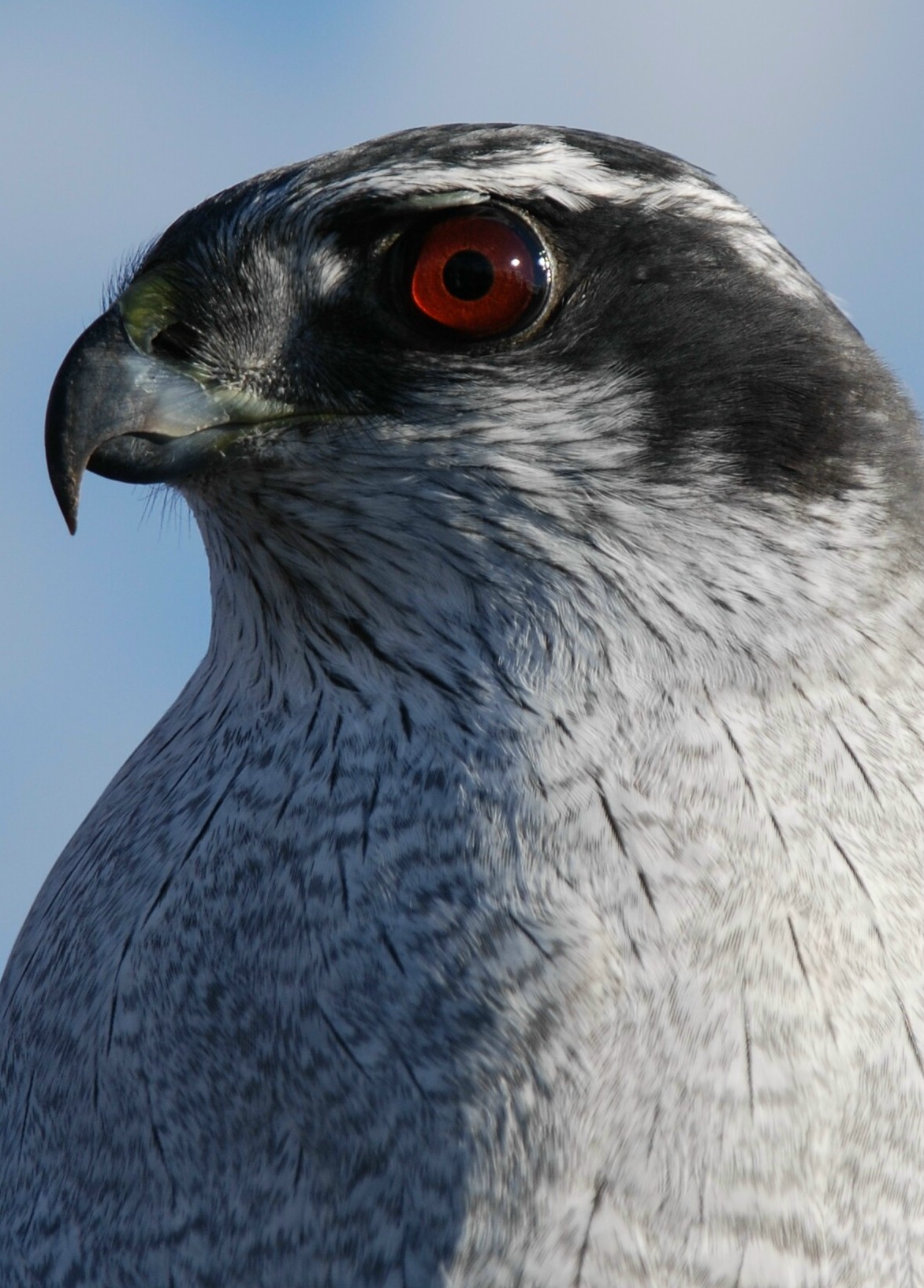Project Overview

Rocky Mountain Bird Observatory began collaborating with the USFS’s Rocky Mountain Region in 2006 to implement large-scale monitoring of Northern Goshawks in most of the forests of South Dakota, Wyoming and Colorado. Using geospatial software, a grid was laid down on the designated forests consisting of approximately 600 hectares (about 2.3 square miles) containing suitable habitat for goshawks. Broadcast Acoustical Surveys are performed at a maximum of 120 call stations along transects in the sampling unit by playing goshawk calls to elicit responses from goshawks in the area. Once the surveyor identifies a goshawk by sight and/or sound, the unit is considered occupied. Most sampling units are visited twice during the nesting season to minimize false-negative detection.
In 2009 RMBO and the USFS undertook a second round of surveys in approximately 100 sampling units in the Rocky Mountain Region and began surveys in the Southwest Region in Arizona and New Mexico. This increase of sampling units and the expansion into new areas increased the accuracy and scope of the data collected.
Survey Results
Fifty-one sampling units were surveyed in the Rocky Mountain region in 2006, and approximately 33 percent of them were occupied by goshawks. Goshawk occupancy in the region increased in the 2009 nesting season to almost 46 percent. Baseline occupancy was determined for the Southwest Region at about 29 percent after surveying approximately 100 sampling units.
Trends in goshawk populations can be determined once surveys are conducted on a regular basis (about every 3 to 5 years). This information will help forest and wildlife managers make better decisions when creating and implementing forest management practices that may affect Northern Goshawk populations.
More Monitoring Efforts
In cooperation with the USFS, RMBO began validating the sampling methodology outlined by the “Northern Goshawk Inventory and Monitoring Technical Guide” in 2008 when conducting surveys on the Kaibab National Forest in Arizona. Richard Reynolds, a USFS research wildlife biologist, has been studying Northern Goshawks in this forest for more than a decade and has a solid understanding of the species’ occupancy rates. Data collected from the 2008 sampling design are being analyzed and will be compared with the long-term occupancy rates determined by Reynolds.
In 2009 the Wyoming Game and Fish Department (WGFD) contracted RMBO to help develop and implement goshawk monitoring in the Bridger-Teton National Forest (BTNF) in west-central Wyoming. Ten sampling units were surveyed at least one time during the 2009 nesting season, with an estimated occupancy of 54 percent.